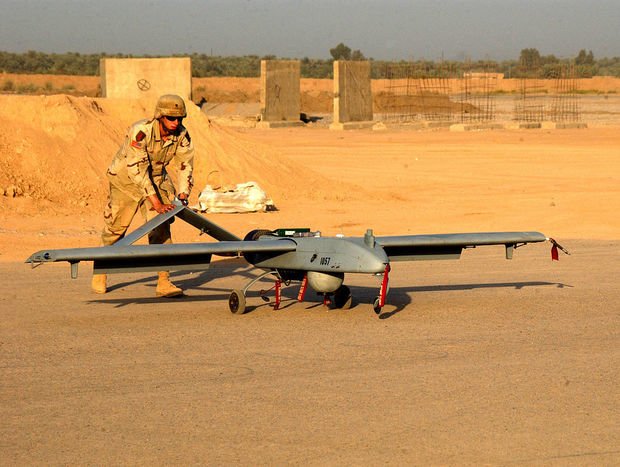Artificial Intelligence development efforts become new 'space race'
Artificial Intelligence (AI) is nowadays a powerful technology that can help a nation achieve information, economic and military superiority. The US, which is the birthplace of AI, is now competing with China and Russia, as these countries are investing massively in research and development of the technology in order to outpace other nations.
It is the Artificial Intelligence (AI) sector where the next ''space race'' is taking place, considers Modern Diplomacy. The US, Russia and China are the world's biggest players trying to outpace each other in AI development and implementation. Historically, the US has enjoyed a technological advantage, but China and Russia are currently investing massively in research and development efforts to overtake Americans in their technologies and capabilities.
For example, the U.S. is conceding to China in the quantity of studies regarding AI, deep learning and big data. At the International Joint Conferences on Artificial Intelligence (IJCAI) in 2017, China accounted for 37% of AI-related papers, while the US provided only 18%. US researchers were awarded the most awards at the event, but China's industry innovations were formally marked as ''astonishing''. The People's Republic has dedicated research, money and education to a state-sponsored plan on the nation's development of AI. The plan addresses everything from building basic AI theory to partnerships with industry to fostering educational programmes and building an AI-savvy society.
Russia is also intensively working to develop AI technologies, mainly in the military sector. According to Russian President Vladimir Putin, ''whoever becomes the leader in this sphere (AI) will become the ruler of the world.'' After the Russian-Georgian military conflict in 2008, Russia developed a comprehensive military modernisation plan aimed at the development of autonomous military technology and weapon systems. The achievements of the programme have been well-documented and were demonstrated during the latest military conflicts.

The technological capabilities initially accessible only to industry leaders are now also proliferated across non-state actors. As an example, it was America who first used unmanned aerial vehicles in Iraq and Afghanistan and, thus, got a technological advantage in the battle space. However, now this technology has become less expensive and non-state actors like the Islamic State (the organisation banned in Russia — editor's note) began using remotely controlled aerial drones in their military operations.
As for the US, the country has developed the so-called Third Offset Strategy, which seeks to outmanoeuvre advantages made by adversaries primarily through technology. The US Department of Defense has developed the Defense Innovation Initiative that will presumably target several promising technology areas, such as robotics and system autonomy, miniaturisation, big data and advanced manufacturing.